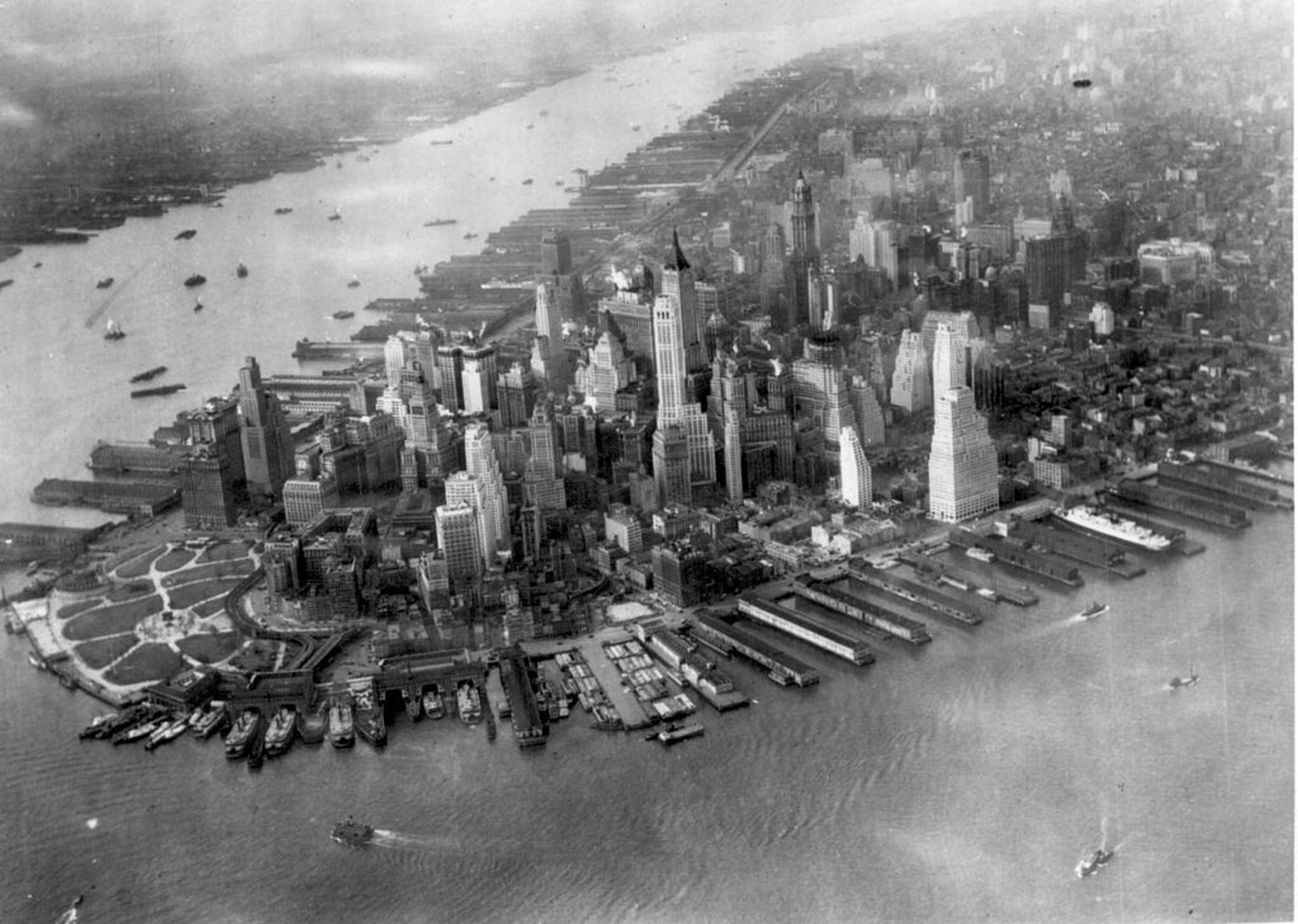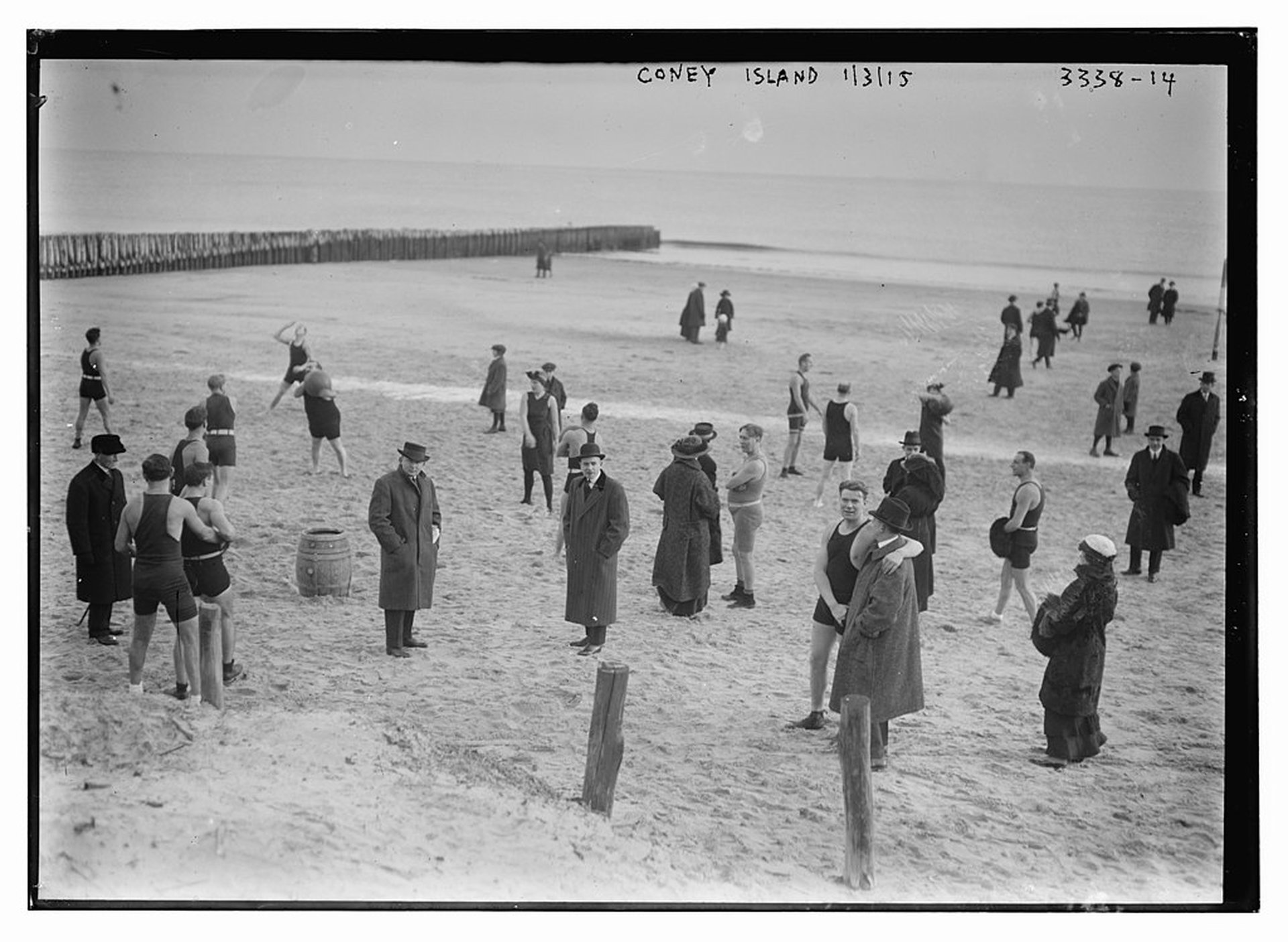Over Manhattan with a Dead Engine
Alright, let’s dive into today’s story! Imagine soaring high above Manhattan, the city skyline stretching out beneath you, when suddenly—silence. The engine quits. No warning, no sputtering—just a deafening, unnatural stillness.
For most people, that would be the start of a nightmare. But for Giovanni Cirillino, it was the answer to a question that had haunted him ever since he first took to the skies: What happens when the engine stops?
In this thrilling firsthand account from the September 1931 issue of Popular Aviation, Cirillino takes us along on his unexpected test of gravity, with nothing but a skilled pilot and an open cockpit between him and the streets of New York City.
Buckle up—this is one ride you won’t forget!
“Over Manhattan with a Dead Engine” by Giovanni Cirillino, published in the September 1931 issue of Popular Aviation.
“I had always wondered what happened when the motor quit—now I know.” Giovanni Cirillino
Ever since my uncle and I were brought from Europe to appear in the Follies, my life has been a series of one theatrical contract after another, never affording me the time and the opportunity to fly until the Summer of 1930.
I had signed to open with “Hell’s Angels” at the Chinese Theatre in Hollywood, with only two performances a day. Upon my arrival I found all Hollywood air-minded. The following afternoon, after rehearsal, in the company of my friend Bill, who was playing the same theatre with me, we hurried to Glendale airport.
After looking the ships over, I found a little blue Fleet, which appealed to me because of its size, as I am small, only a half pint. I had many wonderful trips in that plane, staying up an hour and a half at a time, flying over old Mexico and the surrounding country.
During my air travels, which took considerable hundreds out of my salary, the question kept constantly coming to “What would you do if the engine stopped?” I had voiced it at different times to my pilot and others, but their answers or perhaps my ability to understand had never cleared the matter in my mind.
Upon my return to New York, finding myself with an open date and Sunday just ahead of me, I decided to go to Roosevelt Field, longing to see Manhattan from the air and to obtain some aerial pictures of the city with my Garflex.
The only available ship at the moment was one with a lot of time on the engine, but, feeling assured of the capabilities of my pilot, John Charleson, I climbed in the front seat of the open bi-plane, armed with my camera. We taxied down the field, and in a second we were off. The nose swung around, and we were headed for Manhattan.

Looking ahead we saw a low layer of white clouds. Hoping to get above them and find a rift large enough to get a picture of the city, Charleson started to climb, which was a lucky thing for us. Looking out over the side at this great height, catching marvelous glimpses now and then of the metropolis below, the old question again persisted in my thought, when all of a sudden from a deafening roar there became a great calm.
Glancing quickly at the throttle I saw it was wide open. The engine had stopped!
For a second my heart stood still, and a thrill crept up my spine, as I realized I was about to live the answer to my query. The quiet of the next second was broken by the calm voice from the back seat, telling me to remove my goggles, as we turned the nose around toward the beaches at Coney Island. I removed the goggles and loosened myself from the belt, casting my eyes about, ready for the emergency at hand.

The ground was slowly coming up to meet us, as we glided silently in search of an uninhabited beach. Then I noticed in front of us a small, shell-spotted shore, but to my surprise, Charleson swung out to sea, then turned back again facing the beach and into the wind.
The next thing, the ship started to slip sideways, until the right wing was standing straight up and the wind on the left side nearly blew me out of the ship. Then Charleson reversed the performance—rolling me to the other side.
Looking below, all I could see was water. The sandy beach was too far ahead. We wouldn’t reach it, I felt sure. I was getting ready to swim, but Charleson knowing the gliding angle, did not seem at all worried. The next thing I noticed the breakers were seemingly almost touching the wheels—then a slight cushiony impact, and we rolled over the sand to a stop.
Charleson, hopping out of the calmly said, “I’m sorry, Cirillino.”
I stood by the ship, while he went to the nearest phone and called the hangar for a mechanic whom my friends drove to our landing spot. The mechanic found a broken rocker arm, which was quickly repaired. Getting into the ship, we made a perfect takeoff and headed toward Roosevelt Field, with my question answered.

When I have grown a few more inches and can have the time and Mr. Charleson’s promise to instruct me, I am going to learn to fly.
Thanks for joining me as we discovered today’s story. And to think, replace a broken rocker arm, and it’s good to go. See you in the next one!
Discover more from Buffalo Air-Park
Subscribe to get the latest posts sent to your email.
